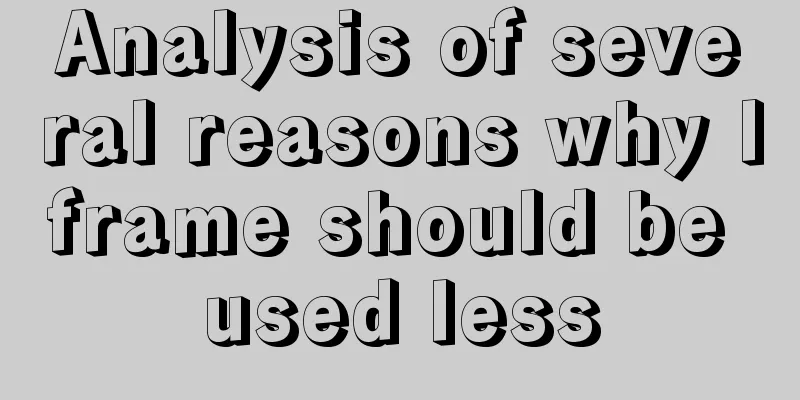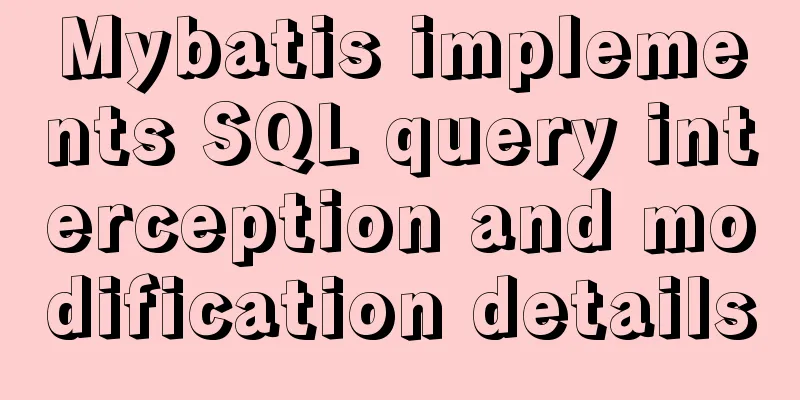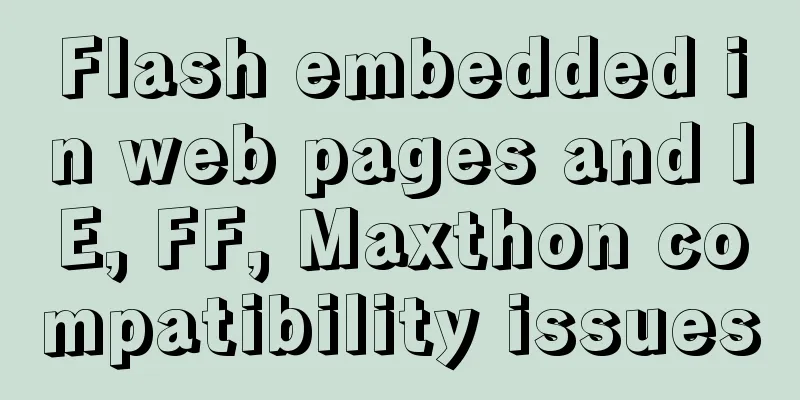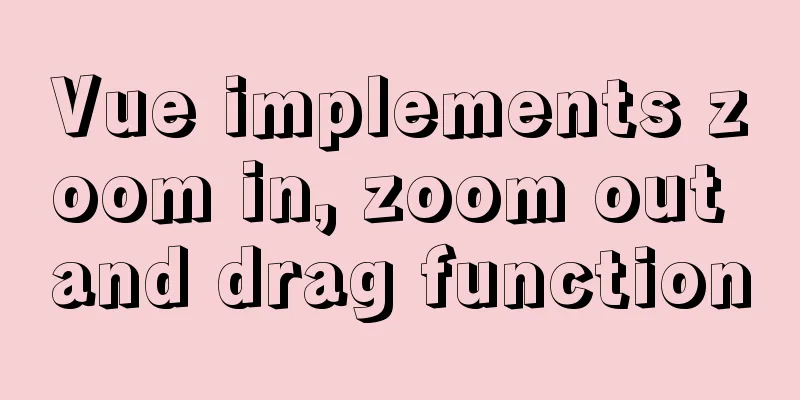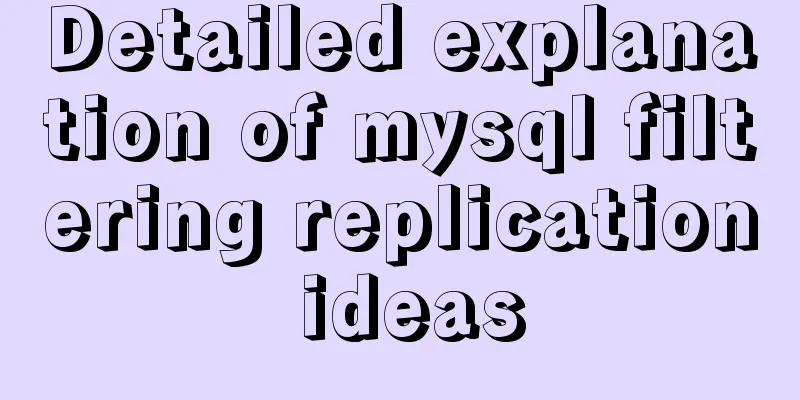Summary of HTML knowledge points for the front end (recommended)
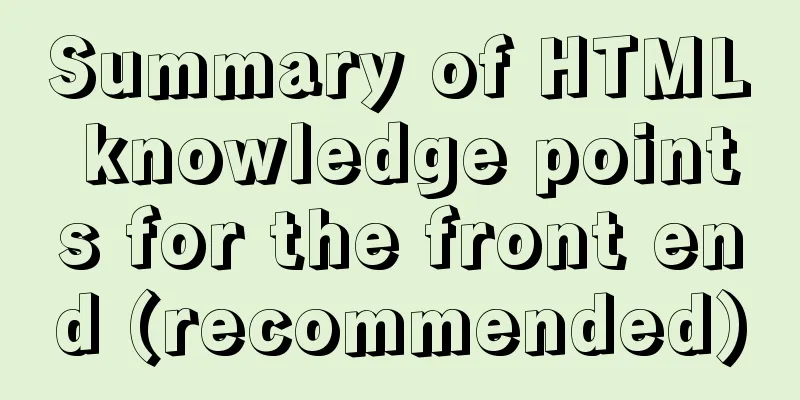
|
1. HTML Overview htyper text markup language Hypertext markup language Hypertext: It means that a web page can contain pictures, links, and even non-text elements such as music and programs. Markup language: A language composed of tags. Web page == HTML document, parsed by the browser for display Static web pages: static resources, such as xxx.html Dynamic web pages: HTML code is dynamically generated by a certain development language based on user requests The following is a tree structure diagram of the html file
The concept of label: •It is composed of a pair of words enclosed in angle brackets, for example: <html> *Words in all tags cannot start with a number. • Tags are not case sensitive. <html> and <HTML>. Lowercase is recommended. •A tag consists of two parts: the opening tag <a> and the closing tag </a>. The part between the two tags is called the tag body. •Some tags are simpler in function. You can use just one tag. This kind of tag is called a self-closing tag. For example: <br/> <hr/> <input /> <img /> • Tags can be nested, but not cross-nested. <a><b></a></b> The attributes of the tag: •Usually appears in the form of key-value pairs. For example, name="alex" •Attributes can appear only in a start tag or a self-closing tag. • Attribute names are all lowercase. * Attribute values must be enclosed in double quotes or single quotes, for example, name="alex" •If the attribute value and attribute name are exactly the same, just write the attribute name. For example, readonly 2. Introduction to main head tags •<meta>Composition of the meta tag: The meta tag has two attributes, namely the http-equiv attribute and the name attribute. Different attributes have different parameter values, and these different parameter values realize different web page functions. <meta name="keywords" content="meta summary, html meta, meta attribute, meta jump"> <meta name="description" content="The Old Boy Training Institute was founded by an old boy">
2 http-equiv, as the name implies, is equivalent to the file header of http. It can transmit some useful information back to the browser to help display the content of the web page correctly and accurately. The corresponding attribute value is content. The content in content is actually the variable value of each parameter. <meta http-equiv="Refresh"content="2;URL=https://www.jb51.net"> //(Note the quotation marks at the end, which are before the seconds and after the URL) <meta http-equiv="content-Type" content="text/html; charset=UTF8"> <meta http-equiv="X-UA-Compatible" content="IE=edge,chrome=1"> •<title>Old Boy</title> •<link rel="icon" href="http://www.jd.com/favicon.ico"> 3. Body tag Basic tags: <hn>: The value range of n is 1~6; from large to small. Used to indicate the title. <p>: Paragraph tag. The content wrapped is wrapped in a new line. There is also a blank line between the upper and lower content. <b> <strong>: bold tags. <strike>: Add a center line to the text. <em>: Makes the text italic. <br>: Line break. <hr>: horizontal line <p><span> Block-level and inline tags Block-level tags: <p><h1><table><ol><ul><form><p> Inline tags: <a><input><img><sub><sup><textarea><span> Features of block elements ① Always start on a new line; ② Height, line height, margins and padding can all be controlled; ③ The default width is 100% of its container unless a width is set. ④ It can accommodate inline elements and other block elements Features of inline elements ① It is on one line with other elements; ② Height, line height, margins and padding cannot be changed; ③ The width is the width of the text or image and cannot be changed ④ Inline elements can only contain text or other inline elements For inline elements, please note the following Setting width has no effect. Setting the height is invalid, you can set it through line-height. When setting margin, only left and right margins are valid, not top and bottom. When setting padding, only left and right padding are valid, while top and bottom padding are invalid. Note that the element range is increased, but the content around the element is not affected. Special characters: < >"©® Graphics tag <img>: src: The path to the image to be displayed. alt: The prompt when the image is not loaded successfully. title: The tooltip displayed when the mouse is hovering. width: the width of the image Height: The height of the image (using only one of the width and height attributes will automatically scale proportionally.) Hyperlink tag <a>: href: The resource path to be connected is in the following format: href="https://www.jb51.net" target: _blank : Open the hyperlink in a new window. framename: Open the link content in the specified frame. name: defines a bookmark for a page. Used to jump href: #Bookmark name. List Tags: <ul>: Unordered list <ol>: ordered list <li>: Each item in the list. <dl> Definition List <dt> List title <dd> List item Table tag <table>:
cellpadding: inner margin cellspacing:outer margin. width: percentage of pixels. (It is best to set the length and width through CSS) <tr>: table row <th>: table head cell<td>: table data cell rowspan: the number of rows a cell spans vertically colspan: the number of columns a cell spans horizontally (i.e. merged cells) <th>: table header <tbody> (not commonly used): partition the table Form tag <form>
A form can contain input elements such as text fields, checkboxes, radio buttons, submit buttons, and so on. Forms can also contain textarea, select, fieldset, and label elements. 1. Form properties HTML forms are used to receive different types of user input. When a user submits a form, data is transmitted to the server, thereby enabling interaction between the user and the Web server. Form tag, all content to be submitted should be in this tag. action: where the form is submitted. Generally points to a program on the server side, and the program receives the data submitted by the form (that is, the form element value) and processes it accordingly, such as https://www.sogou.com/web method: the form submission method post/get. The default value is get (envelope) get: 1. The submitted key-value pair is placed after the url in the address bar. 2. The security is relatively poor. 3. There is a limit on the length of the submitted content. post: 1. The submitted key-value pair is not in the address bar. 2. The security is relatively high. 3. There is no limit on the length of the submitted content in theory. get/post are two common request methods. 2. Form element <input> password input boxradio single selection boxcheckbox multiple selection boxsubmit submit buttonbutton (needs to be used with js.) What is the difference between button and submit? file Submit file: form needs to add attribute enctype="multipart/form-data" XML/HTML CodeCopy content to clipboarddef
name: the key of the form submission item. Note the difference with the id attribute: the name attribute is the name used when communicating with the server; the id attribute is the name used by the browser. This attribute is mainly used in CSS and JavaScript to facilitate client-side programming. value: the value of the form submission item. The value attribute is used differently for different input types: type="button", "reset", "submit" - defines the text displayed on the button type="text", "password", "hidden" - defines the initial value of the input field type="checkbox", "radio", "image" - defines the value associated with the input checked: radio and checkbox are selected by default readonly: read-only. text and password disabled: works for all inputs. <select> drop-down selection tag attributes: name: the key of the form submission item. size: the number of options multiple: multiple <option> attributes of each item selected in the drop-down: value: the value of the form submission item. selected: the selected drop-down selection is selected by default <optgroup> adds groups for each item <textarea> text field name: the key of the form submission item. cols: the default number of columns in the text field rows: the default number of rows in the text field <label> <label for="www">name</label> <fieldset> <fieldset> The above summary of front-end HTML knowledge points (recommended) is all the content that the editor shares with you. I hope it can give you a reference. I also hope that you will support 123WORDPRESS.COM. |
<<: Implementation of element input box automatically getting focus
>>: Brief Analysis of MySQL B-Tree Index
Recommend
React's method of realizing secondary linkage
This article shares the specific code of React to...
Vue's Render function
Table of contents 1. Nodes, trees, and virtual DO...
XHTML introductory tutorial: Application of table tags
<br />Table is an awkward tag in XHTML, so y...
The most basic code for web pages
◆Add to favorites illustrate Click to add your we...
Docker installs redis 5.0.7 and mounts external configuration and data issues
Redis is an open source NoSQL database written in...
Tutorial on installing and configuring remote login to MySQL under Ubuntu
This article shares the MySQL installation and co...
URL Rewrite Module 2.1 URL Rewrite Module Rule Writing
Table of contents Prerequisites Setting up a test...
Install JDK8 in rpm mode on CentOS7
After CentOS 7 is successfully installed, OpenJDK...
Solution for using Baidu share on Https page
Since enabling https access for the entire site, ...
Docker+nacos+seata1.3.0 installation and usage configuration tutorial
I spent a day on it before this. Although Seata i...
Detailed explanation of how to use structural pseudo-class selectors and pseudo-element selectors in CSS3
Introduction to structural pseudo-class selectors...
Introduction to Jenkins and how to deploy Jenkins with Docker
1. Related concepts 1.1 Jenkins Concepts: Jenkins...
Detailed explanation of how to prevent content from being selected, copied, or right-clicked in HTML pages
Sometimes, we don't want the content presente...
How to use macros in JavaScript
In languages, macros are often used to implement ...
6 Ways to Elegantly Handle Objects in JavaScript
Table of contents Preface 1. Object.freeze() 2. O...

